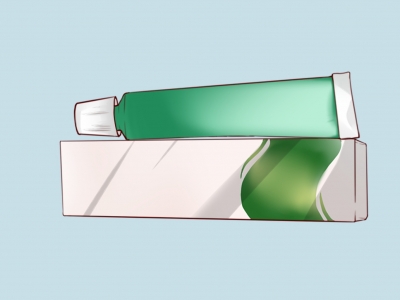How to treat a baby with hemangioma
Infantile hemangiomas can be managed through close observation, topical medications, laser therapy, local injections, or surgical excision. Most benign hemangiomas gradually improve over time. If the hemangioma grows rapidly, ulcerates, or affects feeding or breathing, prompt medical attention is recommended.
1. Close observation: For small, superficial hemangiomas without symptoms, regular monitoring and recording of size and color changes are sufficient. In most infants, hemangiomas will spontaneously regress by ages 5 to 10, requiring no specific treatment and minimizing unnecessary interventions.
2. Topical medications: For superficial hemangiomas with slow growth, topical beta-blockers may be applied under medical supervision to inhibit blood vessel proliferation and promote lesion shrinkage. This method is simple and highly safe, making it suitable for younger infants.

3. Laser therapy: For bright red, rapidly growing superficial hemangiomas, specific wavelength lasers are used to destroy abnormal blood vessels, reduce blood supply to the lesion, and promote regression. After treatment, care should be taken to protect the skin and prevent irritation or infection.
4. Local injection therapy: For deep or larger hemangiomas, sclerosing agents or anti-angiogenic drugs are injected directly into the lesion to disrupt vascular structures and reduce its size. Multiple sessions may be required, with efforts made to minimize impact on surrounding healthy tissues.
5. Surgical excision: For hemangiomas that grow rapidly, impair infant function (such as vision or breathing), or leave significant deformities after regression, complete surgical removal is an option. Postoperative wound care is essential to support healing.
Daily care includes dressing the baby in soft, loose clothing to avoid friction on the hemangioma site, keeping the area clean and dry, using gentle motions during bathing, regularly monitoring changes in the lesion, and minimizing external irritants.







